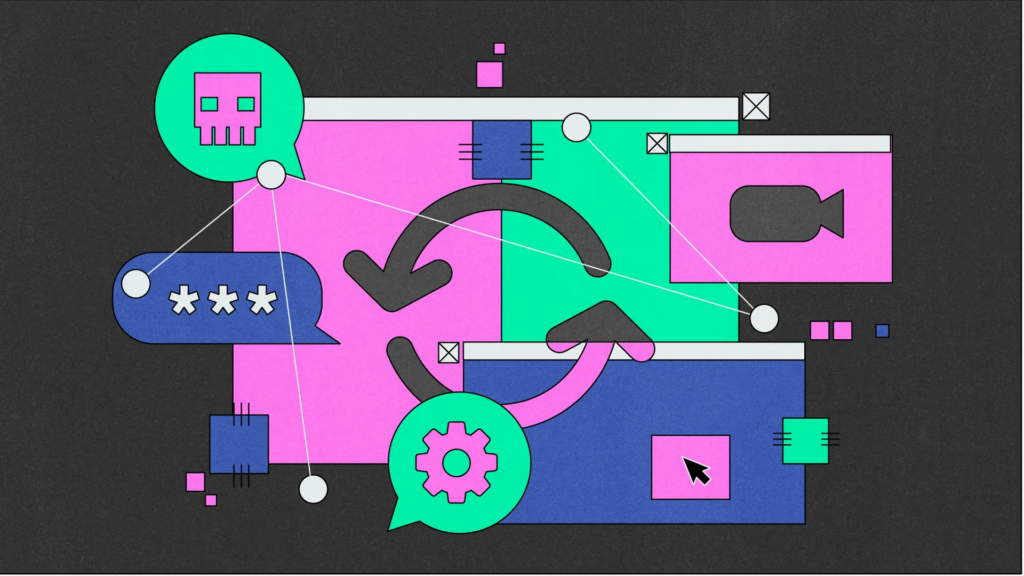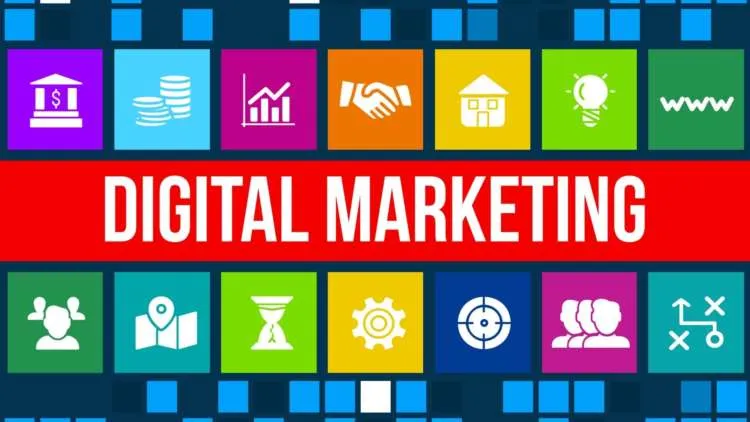Using outdated workplace technology can have several hidden costs for businesses. Here are some potential consequences of relying on old tools:
- Reduced productivity: Outdated technology often lacks the efficiency and advanced features of modern tools. This can slow down workflows, hinder collaboration, and decrease overall productivity. Employees may spend more time troubleshooting issues or finding workarounds instead of focusing on their core tasks.
- Increased maintenance and support costs: As technology gets older, it becomes more challenging to maintain and support. Outdated systems may require frequent repairs, software patches, or specialized expertise, leading to higher maintenance costs. Additionally, finding qualified personnel to support obsolete technology can be difficult and expensive.
- Security vulnerabilities: Older technology tends to have more security vulnerabilities, as cyber threats evolve over time. Outdated software may lack necessary security updates, making it an attractive target for hackers. Data breaches or system compromises can result in financial losses, damage to reputation, and potential legal consequences.
- Incompatibility with modern systems: Outdated tools may not integrate well with newer software or platforms that businesses rely on. This can lead to data silos, manual data entry, and inefficient processes. Incompatibility issues can also hinder collaboration with external partners or clients who use up-to-date tools.
- Difficulty attracting and retaining talent: Younger generations entering the workforce are accustomed to using modern technology in their personal lives. Outdated workplace tools may be seen as a sign of an organization’s unwillingness to invest in innovation and employee experience. This can make it challenging to attract and retain top talent who expect to work with the latest tools.
- Lack of scalability and flexibility: Outdated technology may not have the scalability or flexibility required to adapt to evolving business needs. As companies grow or change, their technology should support these transformations. Outdated tools may restrict growth opportunities, limit expansion into new markets, or impede the adoption of emerging technologies.
- Missed opportunities for automation and efficiency: Newer technology often brings automation capabilities that can streamline repetitive tasks and improve efficiency. Outdated tools may lack these features, leading to manual and time-consuming processes. This can result in missed opportunities to optimize operations and allocate resources more effectively.
To mitigate these hidden costs, businesses should regularly assess their technology infrastructure, prioritize upgrades, and invest in modern tools that align with their strategic goals. Upgrading to newer systems can improve productivity, enhance security, foster innovation, and provide a competitive advantage in today’s fast-paced business environment.
20 Old Technology Examples: How Many Have You Used?
Here are the list of 20 examples of old technology that were commonly used in the past:
- Rotary telephones
- Typewriters
- Floppy disks
- Cassette tapes
- VHS tapes
- Dial-up internet
- Fax machines
- CRT monitors
- Pagers
- Film cameras
- Vinyl records
- Walkmans
- Tube TVs
- Slide projectors
- Overhead projectors
- Rolodexes
- Fax modems
- Palm Pilots
- Dial-up modems
- Dot matrix printers
These technologies were once popular and widely used but have largely been replaced by more advanced and modern alternatives. It’s interesting to reflect on the rapid pace of technological advancement and the significant changes that have occurred over the years.
Don’t Let Old Tech Slow Your Business Down
Outdated technology can indeed slow down a business in several ways. Here are some key points to consider:
- Reduced efficiency: Old technology often lacks the speed, features, and capabilities of newer solutions. This can hinder productivity, increase downtime, and result in slower processes. Upgrading to modern tools can help streamline operations, automate tasks, and improve overall efficiency.
- Compatibility issues: Outdated technology may not integrate well with newer systems and software. This can lead to data transfer problems, information silos, and manual workarounds. Investing in up-to-date technology ensures compatibility and seamless integration, enabling smoother collaboration and data sharing.
- Security risks: Old technology is more vulnerable to security threats due to outdated security measures and lack of regular updates. Cybercriminals often target known vulnerabilities in obsolete systems. Upgrading to newer technology with robust security features helps protect sensitive data, reduces the risk of breaches, and safeguards your business and customer information.
- Limited scalability: As your business grows, outdated technology may struggle to keep up with increasing demands. Legacy systems may lack the scalability required to handle larger volumes of data or users. By embracing modern technology, you can ensure that your systems are flexible, adaptable, and capable of accommodating growth.
- Difficulty attracting and retaining talent: Younger generations entering the workforce expect to work with modern tools and technologies. Outdated technology can make your business less appealing to potential employees who seek a technologically advanced work environment. It can also lead to frustration and decreased job satisfaction among existing employees. Investing in modern technology can help attract top talent and foster a positive work culture.
- Missed innovation opportunities: Newer technology often brings innovation and transformative capabilities. By sticking with outdated tools, you risk missing out on advancements that could give your business a competitive edge. Embracing emerging technologies can unlock new possibilities, drive innovation, and position your business as a leader in your industry.
To avoid these pitfalls, it’s crucial to regularly assess your technology infrastructure, identify areas that require modernization, and create a technology roadmap aligned with your business goals. Embracing new technology can enhance productivity, improve efficiency, foster innovation, and set the stage for long-term success in today’s rapidly evolving business landscape.
Read More : What is Cyber Security?





